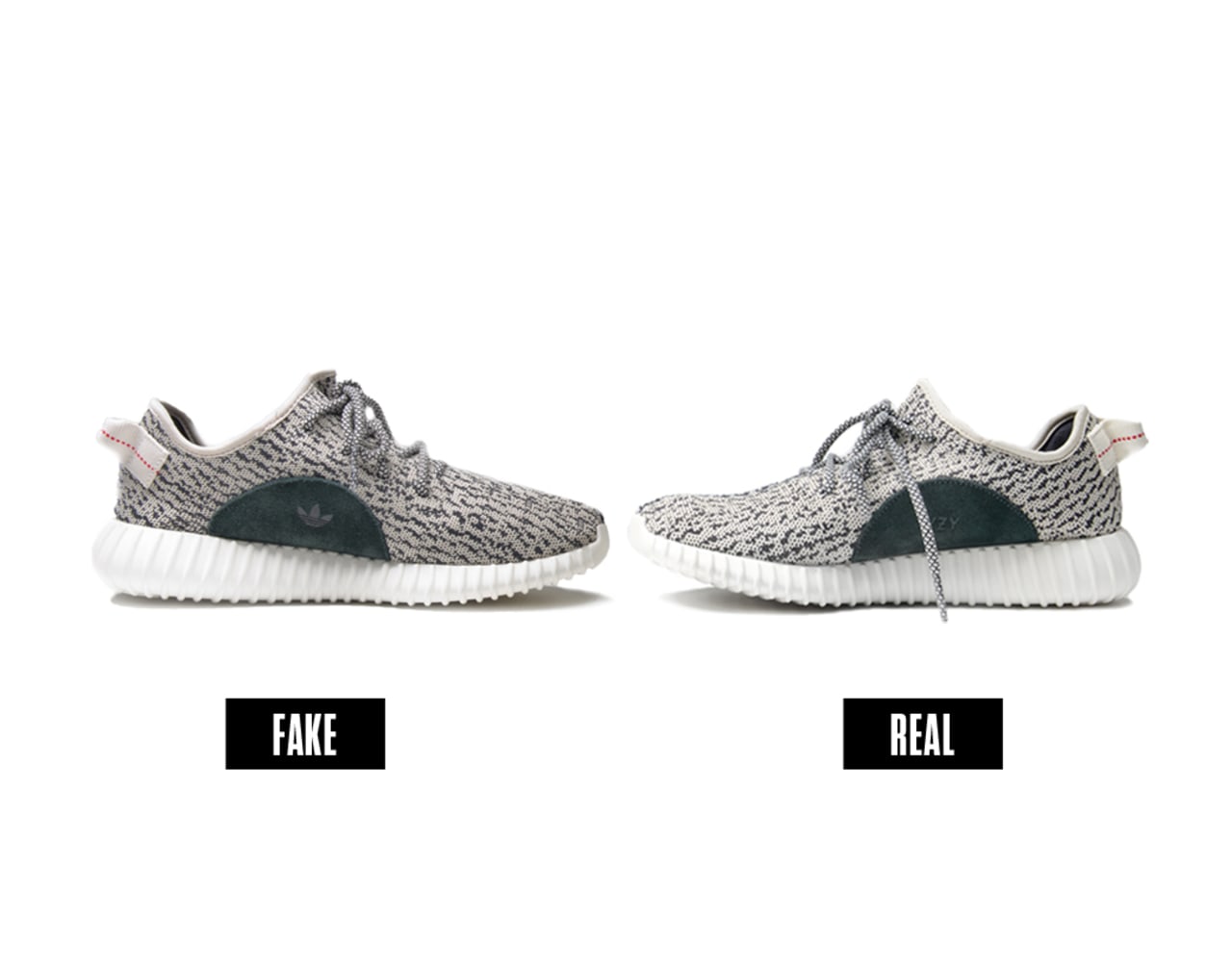
In recent years, the footwear industry has grown. This contains both real and replica sneakers.
Despite the fact that the fake shoe business is well-known for its scale, this illegal industry is difficult to track and eradicate.
There is a system of illicit activity geared at selling replicate sneakers to people all over the world, from counterfeit shoe makers to distributors and sellers.
Many Nike and Adidas enthusiasts appear to be unable to purchase limited-edition footwear through official methods. Knockoffs are their only alternative because they can't buy them on the resale market, where a pair of Rs. 12500 shoes may cost up to Rs. 54000. They aren't technically knockoffs, though. A new type of clone has emerged: replicas, or "reps," which are created with the same premium leather, to the same strict specifications, and in the same country as the originals.
On the first day, replicas aren't quite up to snuff, but discerning purchasers weigh in, reviewing prototypes in online communities like Reddit Repsneakers and Fashionreps until a shoe is deemed indistinguishable from the real thing. They aren't cheap, unlike knockoffs. For the replicas, buyers are prepared to match Nike and Adidas' advertised prices.
Many purchasers are now doubting the concept of authenticity. Furthermore, there is a generation that "grew up illegally downloading movies or streaming reams of music for less than the cost of one CD."
Nike and Adidas can easily obliterate the replica industry by mass-producing enough pieces for everyone to buy and not pay that high resale prices, but would this devalue the product? Would Travis Scott Air Jordans 1’s be just as valuable if Nike made millions of pairs and was not limited.
Purchasing counterfeit items reveals little about a person other than their disposable income and willingness to spend on a piece of apparel.
However, stigmatising people who wear counterfeit designer clothing is a type of classism, it can be done with a sense of humour, such as when a counterfeit is so badly done that commenting is unavoidable, but that's more of an aesthetic judgement than a moral one.
Taking a quick look at the shoes you wear, each pair is created in Southeast Asia – most likely in a sweatshop with the use of child labour to keep costs down.
Consider how much (if at all) worse a pair of counterfeits can be, given that they're often created in similar surroundings and occasionally even in the same factory.
However, even if the manufacturer runs out of materials, the pattern remains. Replica collectors assume that the factory has contracted with counterfeit customers to produce an unlicensed run of the shoe utilising alternative cheaper materials.
 Many replica sneakers are made by either disassembling an original pair and reverse engineering them, which produces mixed results, or just bribing the factories that brands have legally commissioned to make their merchandise to pass over the blueprints or samples.
Many replica sneakers are made by either disassembling an original pair and reverse engineering them, which produces mixed results, or just bribing the factories that brands have legally commissioned to make their merchandise to pass over the blueprints or samples.
The design itself becomes indistinguishable in these conditions, with the only distinction being the materials used.
Chances are, counterfeiters have easy access to the same or similar sources as manufacturers use - so it's all quite similar, and looking through some of the innumerable Instagram accounts that compare and contrast authentic and fake sneakers will confirm this.
Fundamentally, this is what gives rise to the counterfeit market. Those ready to pay retail for a pair of YEEZYs, Nikes, or Jordans are forced into buying knockoffs since the brand has willingly put the real thing out of reach. So don't cry for brands that have gotten so popular that they've become targets for replicas — the truth is that they brought it on themselves



